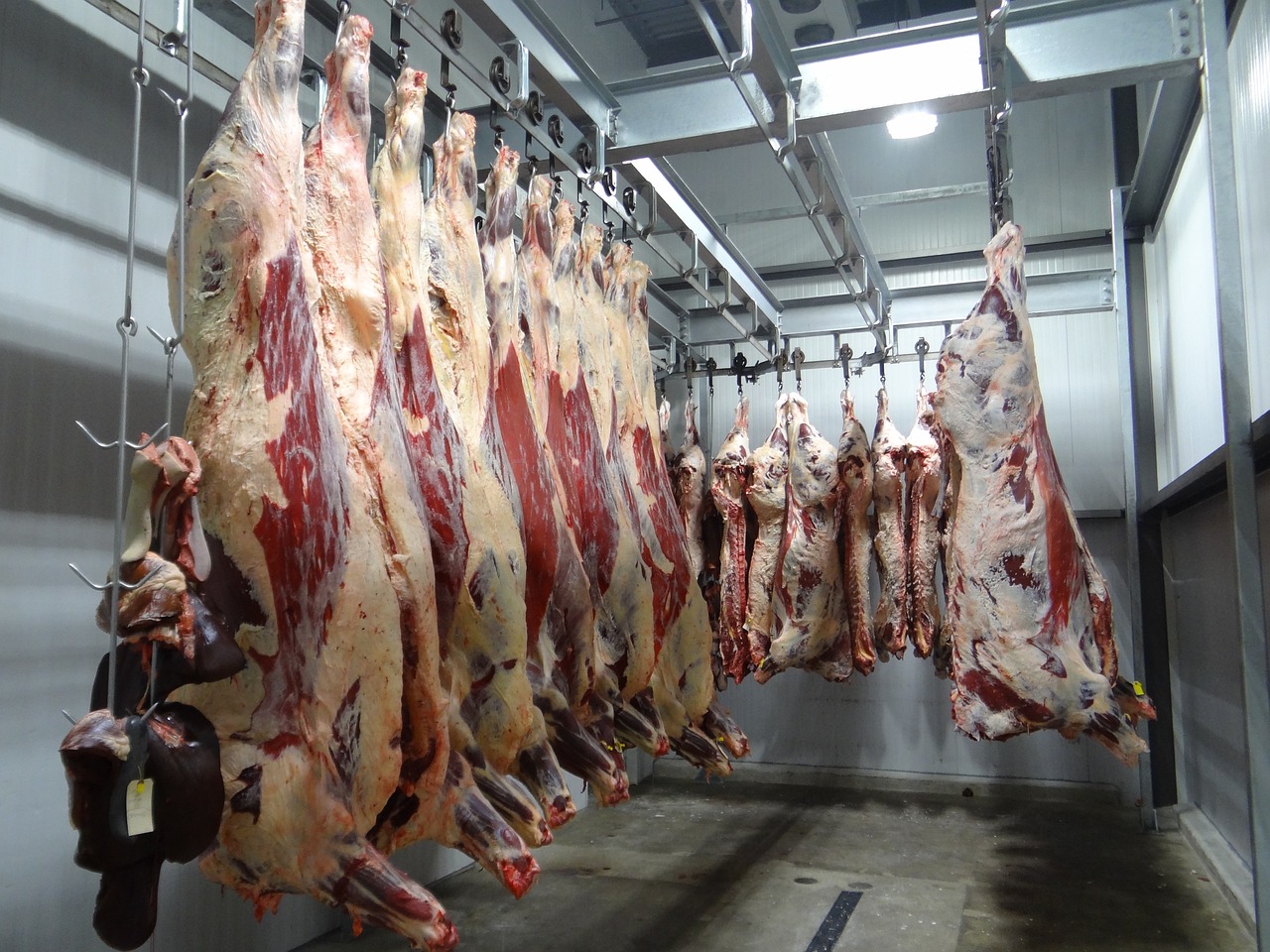There is a common misconception in the global community, particularly in the Halal certification process, that a product must be entirely free of animal ingredients to be considered Halal. This misunderstanding needs clarification. Muslims are permitted to consume meat, provided it is slaughtered in accordance with Islamic laws. The animals typically slaughtered include sheep, goats, cows, buffaloes, and camels. This process, known as Zabihah, follows specific guidelines rooted in Islamic practices.
Many people confuse Zabihah with Halal. To clarify, Zabihah refers to the slaughtering method, while Halal represents the product’s status, signifying that it is permissible or lawful for consumption under Islamic principles. For instance, meat is considered Halal because it has undergone the Zabihah process.
What is Zabihah?
Technically, Zabihah involves slaughtering an animal by cutting the vessels in the neck without decapitating the animal. The slaughtering is performed using a sharp knife, cutting horizontally from the front of the neck. Scholars have differing opinions on which vessels must be cut; however, the general consensus is that the throat, esophagus, jugular artery, and carotid vein should be severed. Additionally, the slaughter must be performed by a Muslim.
Mechanical Slaughter: Emerging Practices and Controversies
In modern times, technological advancements have introduced the concept of mechanical slaughter. Before concluding that mechanical slaughter is not considered Zabihah, it is essential to understand the scenarios where mechanical methods are employed. At least two conditions define mechanical slaughter:
- Animals are handled entirely by machines, including loading onto conveyors, stunning, and bleeding through rotary mechanical knives or blades.
- Animals are handled by machines for loading and stunning, but the bleeding process is performed manually by hand slaughter on an individual basis.
Some Muslims do not recognize these methods, particularly the first method, as compliant with the Zabihah process. However, in certain regions, the use of mechanical knives and stunning is accepted, provided that the basic requirements are met:
- The animal’s death results from the slaughtering process, which severs the trachea, esophagus, and blood vessels.
- Stunning does not cause the animal’s death.
Regulatory Perspectives on Mechanical Slaughter
The Gulf Cooperation Council (GCC) Standardization Organization’s document GSO 993/2015 (“Animal Slaughtering Requirements According to Islamic Rules”) allows the use of mechanical blades under specific guidelines. Despite this, skepticism surrounding mechanical knives persists among many Muslims due to concerns about accuracy and adherence to religious guidelines. To address these concerns, some slaughterhouses assign a slaughterman to the bleeding line. If the mechanical knives do not achieve accurate bleeding, the slaughterman completes the process manually.
Mechanical Knives for Poultry vs. Hand Slaughter for Larger Animals
It is important to note that mechanical knives are predominantly used for poultry slaughter. For larger animals, hand slaughter remains the standard practice. This distinction reflects the varying practices and acceptance levels within the Muslim community regarding modern slaughtering methods.
Why Education and Clarification Are Crucial
Misunderstandings about the Halal certification process often arise from a lack of awareness or misinformation. Education plays a pivotal role in clarifying these misconceptions and fostering a better understanding among consumers, producers, and regulatory bodies. By addressing the nuances of Halal certification, including the Zabihah process and the role of modern technology, the global community can ensure greater respect for Islamic dietary laws. Ultimately, after considering multiple perspectives and regulations established by various Halal certification authorities, individuals can decide whether they are comfortable with a particular slaughtering method approved by a specific authorized body.





